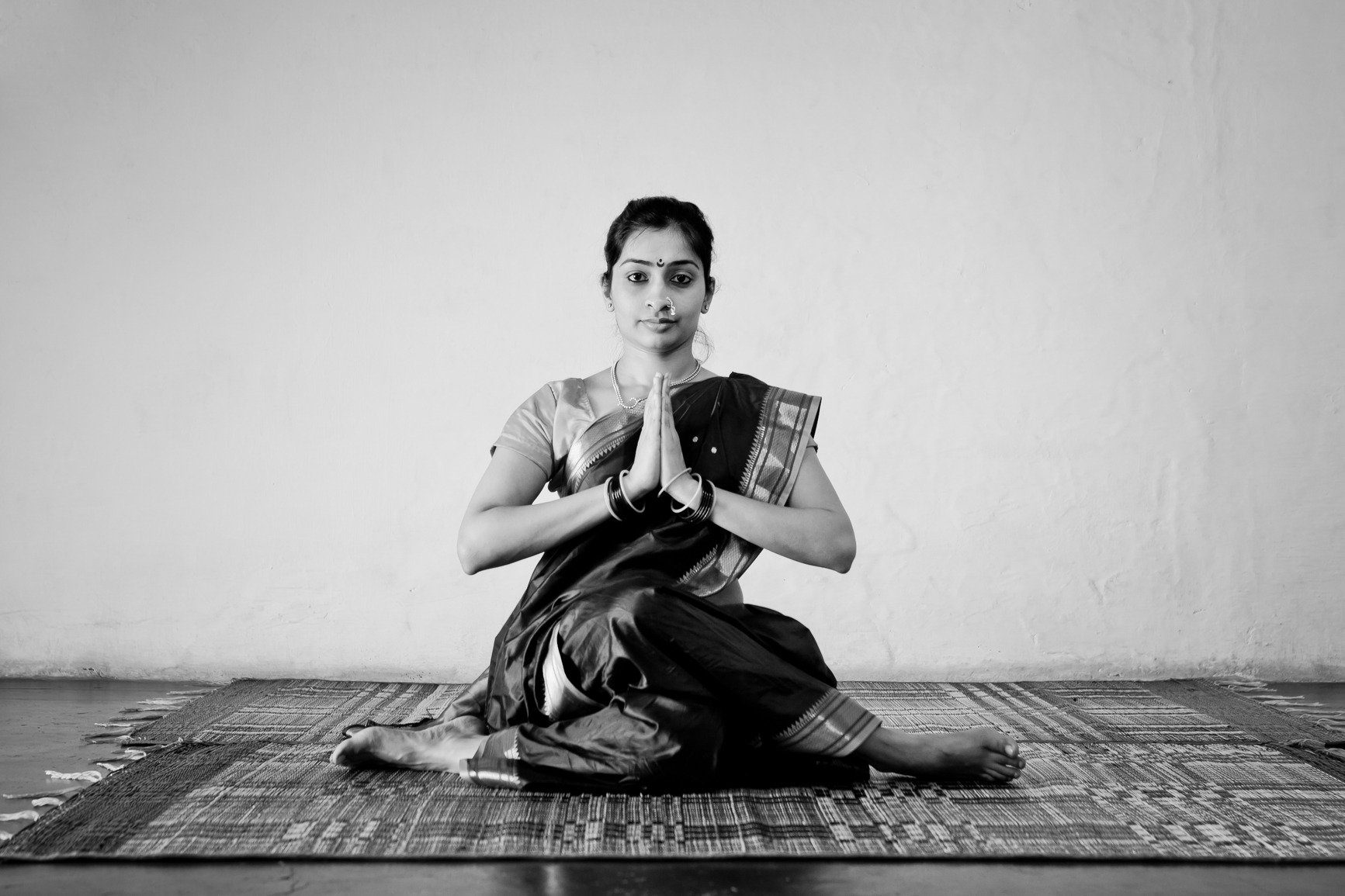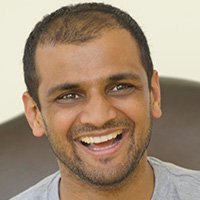Yoga is a method to get higher consciousness, but to understand this method one must follow tradition. Tradition is very important in yoga. In Sanskrit, we say paramparā, which means a succession of teachers and disciples that come from a lineage. Guru shishya paramparā is the knowledge, or teachings, that flow from a master, or guru, to his disciple, a śiṣya. To gain yogic knowledge, guru shishya paramparā is based on a deep and rewarding relationship formed between a master and a disciple.
Many realizations will happen only when you spend time with a master. It takes time to strengthen these spiritual roots. Until then, the whole tree will not be grounded. Only when you spend time with your master—who has many years of experience—will you be properly grounded. Once your foundation is correct and strong, only then will the other limbs of yoga happen. Otherwise, yoga is very superficial. You will never have in-depth knowledge. It will be on the surface that’s all. You won’t go deeper than this.
Many people will talk about āsana and how to adjust this or that posture. Those things are fine for your physical body. But what about your in-depth knowledge of yoga? Where does that come from? Āsanas are just one limb to make your body stable, but we must not stop there. Yoga is not simply āsana. I’ve been saying this for so many years. Training is not yoga. Yoga is a method to obtain higher consciousness. To learn the method, you must find a master. This is when paramparā grows and the lineage grows.
Related: The Eight Limbs of Yoga Explained
In the tradition, or paramparā, first, you must spend time with a master learning the techniques and the method. Paramparā does not come from a teacher training, or any short-term study, like 15 days or a month-long course. You’ll never understand what yoga is in that short time. It could take 15 years, or more, for you to know what it is to be properly grounded and have strong roots in this spiritual path.
To follow a spiritual path, we have to know the method from a master, and then we must put in our own effort. For instance, at a certain level of maturity you will start your own sādhana. This is called svādhyāya, which means self-study. To realize yourself we must apply all that we have gained from our master. We put in our own effort towards the method. Only then can we experience for ourselves what he/she has taught. This requires dedication to the method and the tradition. This is paramparā. Unless you experience this for yourself, it cannot be svādhyāya. Realization only comes through your own experience.
Many times, I’ve seen interviews with senior teachers, who’ve practiced for 10 or 15 years, but they don’t progress. They say: “My guru says this,” or “My guru does that.” But I ask, what is your knowledge? What have you gained through him? What is your experience? In the spiritual path, if you don’t do svādhyāya, you will stay at the same level. You will not grow. You will not mature. You won’t develop.
Āsana is important, but it’s only a part of the practice. All these big teachers want to follow their guru. They want to follow the same style of walking as their guru. Yet, they don’t want to know where their guru is walking. That’s why there are not many enlightened people. They want to copy another’s style of walking. I always say don’t copy your guru’s style of walking. Instead see where he’s walking—that is what you want to know. It’s not important how he walks. That will not take you anywhere.
Our experience should be more towards the destination. My walking style is different than his walking style. Her walking style is different than my walking style, but when we are all walking towards the same destination, we become free to discover who we are. Otherwise you get stuck with āsana, and then no one talks beyond āsana. This is because they’ve never gone outside that. They’re stuck in āsana.
There’s a difference between the way Krishnamacharya taught and the way Pattabhi Jois taught. Though my grandfather followed Krishnamacharya, he was always Pattabhi Jois. Pattabhi Jois is Pattbhi Jois. Krishnamacharya is Krishnamacharya. Sharath Jois is Sharath Jois. We can’t compare the three. Though we follow the same tradition, and we come from a paramparā, my effort is always there. My effort can’t be Pattabhi Jois’ effort. Pattabhi Jois’ effort can’t be Krishnamacharya’s effort. My svādhyāya can’t be Guruji’s svādhyāya, though he taught me what it is.
Krishnamacharya had his own struggles. Pattabhi Jois had his own struggles. I have my own struggles. No one can share these things. It’s the same method, but we have to experience our own struggles personally. This makes each one of us distinct. Different. I only know this from experience. No one told me. This comes from my own wisdom.
Don’t miss your chance to attend class with Ashtanga yoga master Sharath Jois when he visits the U.S. in May 2017! Learn more here.









Comments (0)